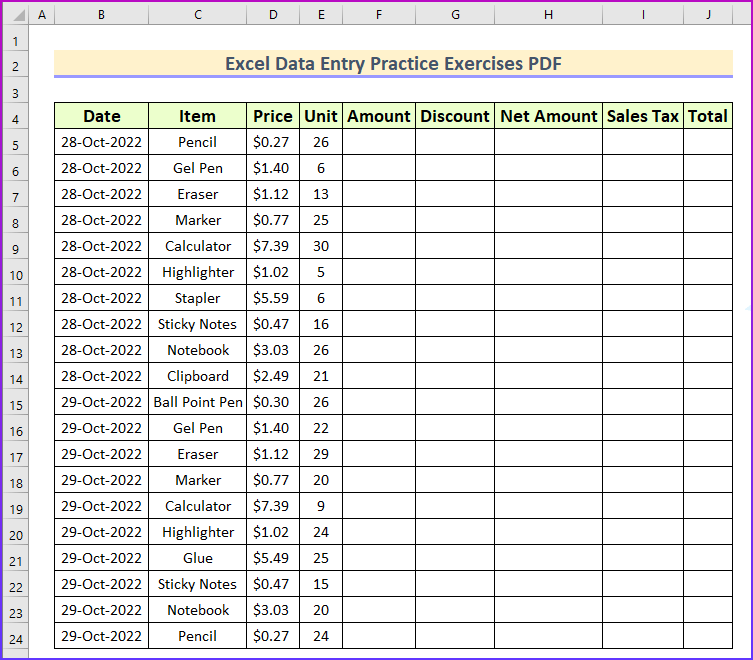
Total debit amounts must equal total credit amounts. (b) On 1st April 2023, Vinod started business with cash ₹1,00,000, invoice for a freelance designer furniture ₹2,00,000, and Building ₹10,00,000. Pass the necessary journal entries related to the ‘Opening Entry’.
Journal Entry Questions and Solutions
C. This is an increase in the asset, prepaid expense. Increasing an asset is recorded with a debit. Prepare the journal entries required to record these transactions in the general journal of the company. Exercise E Prepare journal entries to record each of the following transactions for Sanchez Company.
Journal Entry for Interest on Capital
Determine the balance in the cash account at the end of the period. A liability account that reports amounts received in advance of providing goods or services. When the goods or services are provided, this account balance is decreased and a revenue account is increased.
Journal Entry for Asset Purchase

Annual report analysis B Refer to the Annual Report of The Limited, Inc. in the Annual Report Appendix. Perform horizontal and vertical analyses of the liabilities and stockholder’s equity sections of the balance sheets for the two most recent years shown. Horizontal analysis involves showing the dollar amount and percentage increase or decrease of the latest year over the preceding year amounts. Write comments on any important changes between the two years that are evidence of decisions made by management.
For each type of account, whether it is a debit or a credit depends on if it is increasing or decreasing. Sold $15,000 of inventory on account (you have not been paid yet), sales price of $27,500. You sometimes have more than one debit or credit.
Journal Entry for Prepaid Expenses
- A. An expense is debited when it increases.
- Liability, owner’s equity, and revenue accounts will have a credit balance.
- Assets are credited when they are decreased.
- Exercise G Using your answer for the previous exercise, prepare a trial balance.
A. A revenue account is credited when it is increased. Revenues are recorded with an increase when the revenue is earned this period; a good or service has been provided this period. Each asset, liability, owner’s equity, revenue and expense account gets a “T” account.It is called a “T” account because you draw a T first. Determine the balance in the cash account at the end of the first month. B. Credit to cash is a decrease and debit to notes payable is a decrease.
1) Borrowed $150,000 cash from the bank. C. Purchasing inventory is an increase in inventory which is recorded with a debit. On accounts means the company will pay for it later, which is an increase in a liability called accounts payable.
To learn more, see Explanation of Adjusting Entries. A. Paying for an amount owed is a decrease to cash and a decrease to the liability. Assets are decreased with a credit and liabilities are decreased with a debit. The expense was recorded last period with a debit when the service was provided.
